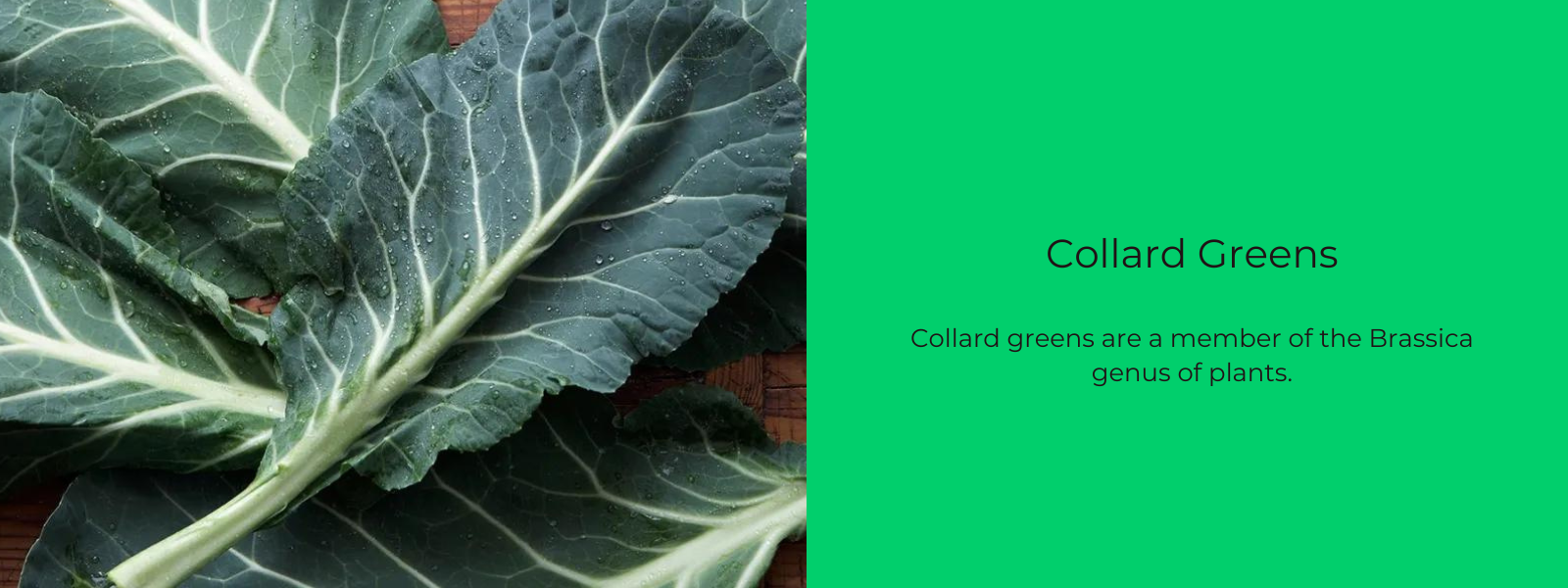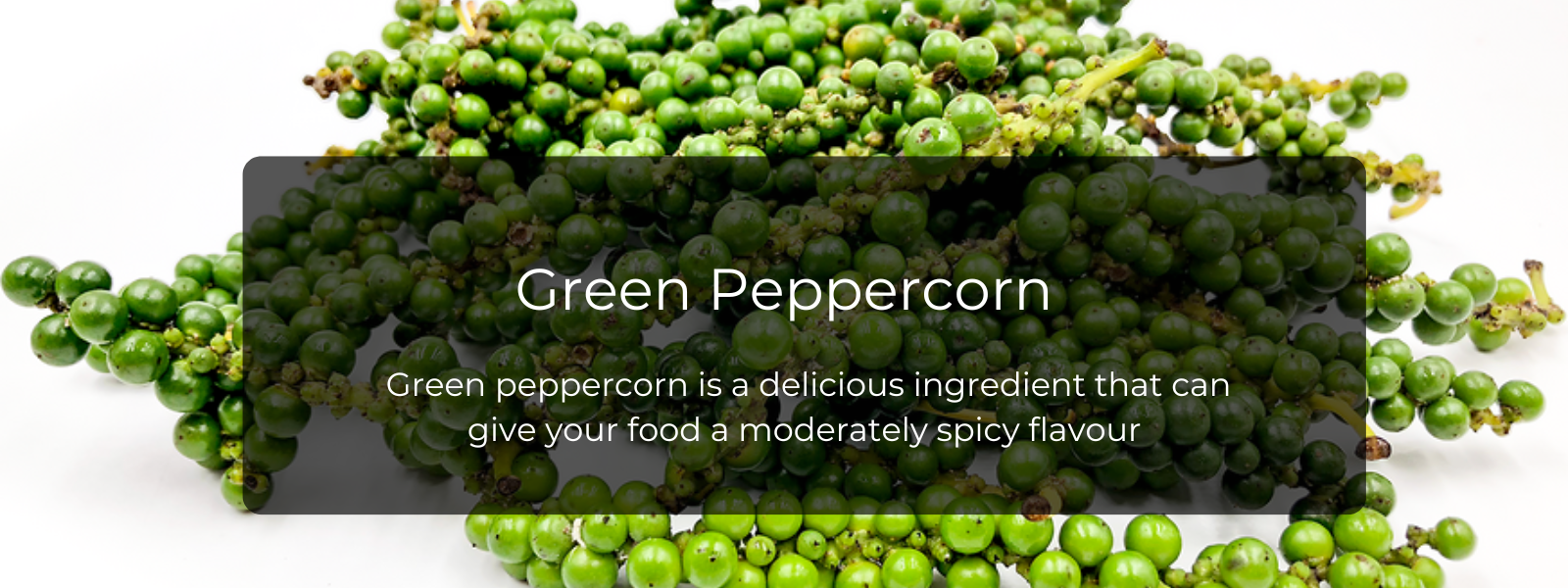Collard greens are an excellent source of vitamin A, primarily in the form of beta-carotene, which the body converts into this essential nutrient. Vitamin A plays a crucial role in maintaining healthy vision, as it is a key component of rhodopsin, a pigment in the retina that helps absorb light and supports both low-light and color vision. Consuming collard greens regularly can help prevent night blindness and reduce the risk of age-related macular degeneration. Additionally, vitamin A supports a robust immune system by maintaining the integrity of skin and mucous membranes, which are critical barriers against infections. It also promotes healthy skin by aiding in cell production and repair, helping to maintain a youthful appearance and prevent conditions like acne. Furthermore, vitamin A supports reproductive health and contributes to strong bones by facilitating bone growth and remodeling.
Table of Contents
Vitamin A in Collard Greens
Collard greens are an excellent source of vitamin A, primarily in the form of beta-carotene, which the body converts into this essential vitamin. One cup of cooked collard greens provides a significant portion of the recommended daily intake of vitamin A. Incorporating collard greens into your diet can help you meet your vitamin A needs and offer numerous health benefits.
Health Benefits of Vitamin A from Collard Greens
- Enhances Vision Health
Vitamin A is essential for maintaining good vision. It is a crucial component of rhodopsin, a pigment in the retina that absorbs light and supports low-light and color vision. Regular consumption of collard greens can help prevent night blindness and reduce the risk of age-related macular degeneration (AMD), a leading cause of vision loss in older adults. The antioxidants in vitamin A, such as beta-carotene, also protect the eyes from damage caused by free radicals.
- Strengthens Immune Function
Vitamin A plays a vital role in supporting the immune system. It helps maintain the integrity of the skin and mucous membranes, which are the body's first line of defense against infections. Vitamin A also supports the production and function of white blood cells, which are crucial for capturing and destroying pathogens. By including collard greens in your diet, you can enhance your body's ability to fight off infections and illnesses more effectively.
- Promotes Healthy Skin
Vitamin A is known for its role in maintaining healthy skin. It supports the production and turnover of skin cells, keeping the skin's surface smooth and reducing the risk of conditions such as acne. Vitamin A also helps to keep the skin hydrated and can improve the appearance of fine lines and wrinkles by promoting collagen production. Regular consumption of collard greens can contribute to a healthier, more youthful complexion.
- Supports Reproductive Health
Vitamin A is crucial for reproductive health and proper fetal development. In women, it supports the growth and development of the embryo during pregnancy, ensuring proper growth and development. In men, vitamin A is necessary for the production of healthy sperm. Consuming vitamin A-rich foods like collard greens can help maintain reproductive health and ensure proper fetal development during pregnancy.
- Reduces Risk of Chronic Diseases
Vitamin A, particularly in its beta-carotene form found in collard greens, acts as a potent antioxidant. Antioxidants help neutralize free radicals, which are unstable molecules that can cause oxidative stress and lead to chronic inflammation and disease. By reducing oxidative stress, vitamin A can help lower the risk of chronic diseases such as heart disease and certain types of cancer. Regular intake of collard greens can be part of a diet that protects against these conditions.
- Aids Bone Health
Vitamin A contributes to bone health by supporting the growth and development of bone tissue. Adequate levels of vitamin A are necessary for bone remodeling, a continuous process where old bone is replaced by new bone tissue. Ensuring sufficient vitamin A intake through foods like collard greens can help maintain strong bones and reduce the risk of fractures and osteoporosis.
Ways To Use Collard Greens:
- Collard Green Salads
Raw Collard Green Salads: Use finely chopped or shredded collard greens as a base for salads. To make the leaves more tender and reduce bitterness, massage them with a bit of olive oil and lemon juice before adding other salad ingredients. Combine with fruits, nuts, cheese, and a light vinaigrette for a refreshing and nutrient-packed salad.
- Sautéed Collard Greens
Sautéed with Garlic: Quickly sauté collard greens with garlic and olive oil for a simple side dish. Cook until the leaves are wilted and tender, and season with salt, pepper, and a splash of vinegar or lemon juice for extra flavor.
- Collard Greens in Soups and Stews
Hearty Soups and Stews: Add chopped collard greens to soups and stews for a boost of flavor and nutrients. They work well in both vegetarian and meat-based dishes, adding a hearty texture and a rich, slightly earthy flavor.
- Collard Green Smoothies
Green Smoothies: Blend collard greens into smoothies for a nutritional boost. Their mild flavor pairs well with fruits like bananas, berries, and apples, and you can also add a scoop of protein powder or chia seeds for added benefits.
- Collard Green Wraps
Wraps and Sandwiches: Use large collard green leaves as a healthy alternative to tortillas or bread in wraps and sandwiches. Fill the leaves with your favorite proteins, veggies, and sauces for a low-carb, nutrient-dense meal option.
- Collard Green Chips
Baked Chips: Make crispy collard green chips by tossing the leaves with olive oil and seasoning, then baking them in a single layer at 350°F (175°C) until crispy. They make a great, healthy snack.
- Collard Greens in Stir-Fries
Stir-Fries: Add collard greens to stir-fries along with other vegetables and your choice of protein. The greens will add a nutritious element and absorb the flavors of the stir-fry sauce.
- Collard Greens in Casseroles
Casseroles: Incorporate collard greens into casseroles for added nutrition. They can be layered with grains, proteins, and cheeses to create a hearty and nutritious dish.
- Collard Greens as a Side Dish
Simple Steamed Collard Greens: Steam collard greens until tender, then toss with a bit of olive oil, salt, and pepper. This simple preparation highlights their natural flavor and nutrients.
- Collard Green Pesto
Pesto Sauce: Blend collard greens with nuts (like pine nuts or almonds), garlic, Parmesan cheese, and olive oil to create a nutrient-rich pesto sauce. Use it as a topping for pasta, spread on sandwiches, or as a dip.
Conclusion
Collard greens are a nutrient-dense vegetable that offers significant health benefits due to their high vitamin A content. From enhancing vision and immune function to promoting healthy skin, supporting reproductive and bone health, and reducing the risk of chronic diseases, vitamin A plays a crucial role in maintaining overall well-being. By incorporating collard greens into your diet, you can take advantage of these benefits, helping to protect against various health issues and ensuring proper bodily functions. Enjoy collard greens in salads, sautés, soups, and other dishes to boost your vitamin A intake and support a healthier lifestyle.













Leave a comment